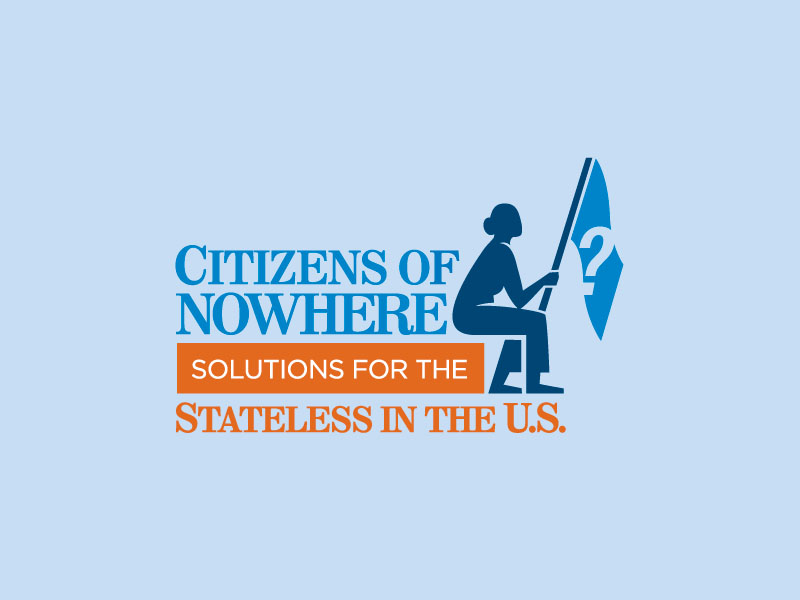Stateless in the United States
"If you will ask about my dream, of course my dream [is] to see my family together."
Tatianna, a stateless woman in the U.S. who has been separated from her son for nearly two decades
How does statelessness happen?
Many once had a nationality but lost it when the countries they were citizens of ceased to exist. Some have been arbitrarily striped of their nationality. Others have been without a nationality since birth, due to nationality laws that discriminate based on gender or ethnicity.
The United States can help end the hardships of stateless people in the U.S. by:
- Adopting federal laws that allow qualified stateless individuals to follow a path to lawful permanent residency and citizenship.
- Establishing a procedure to determine whether an individual is stateless, automatically issuing a work permit and identity document once statelessness is established.
- Ensuring that stateless individuals are not unnecessarily detained or subject to restrictive reporting requirements.
- Issuing travel documents allowing stateless people to travel outside the country and return without hindrance.
- Improving the collection and assessment of statistical data concerning stateless individuals.
- Continuing to be a global leader on identifying, preventing and reducing statelessness through its actions both internationally and domestically.
- Signing the statelessness treaties, namely, the 1954 Convention relating to the Status of Stateless Persons and the 1961 Convention on the Reduction of Statelessness, and adopts implementing legislation and regulations.
UNHCR Resources on Statelessness
Statelessness in the United States |
Statelessness around the Globe |
External Resources |
Related news and stories
Videos
BBC World News America Interview with UNHCR's Brian Hansford on Mediterranean crossings
News
Displaced athletes to make historic debut at Paralympic Games in Rio
News
Central and North American states vow joint action on refugees
Stories
California coffee project gives refugees grounds for hope
News
Risking all to escape Central America's killer street gangs
Videos



